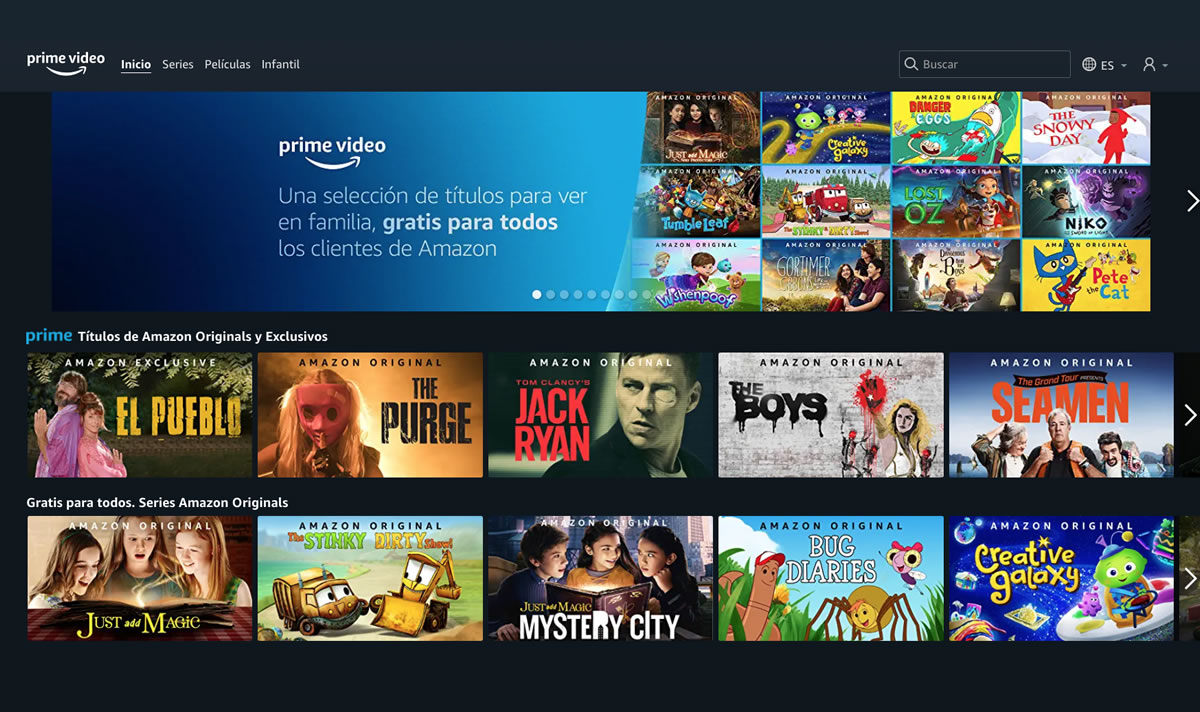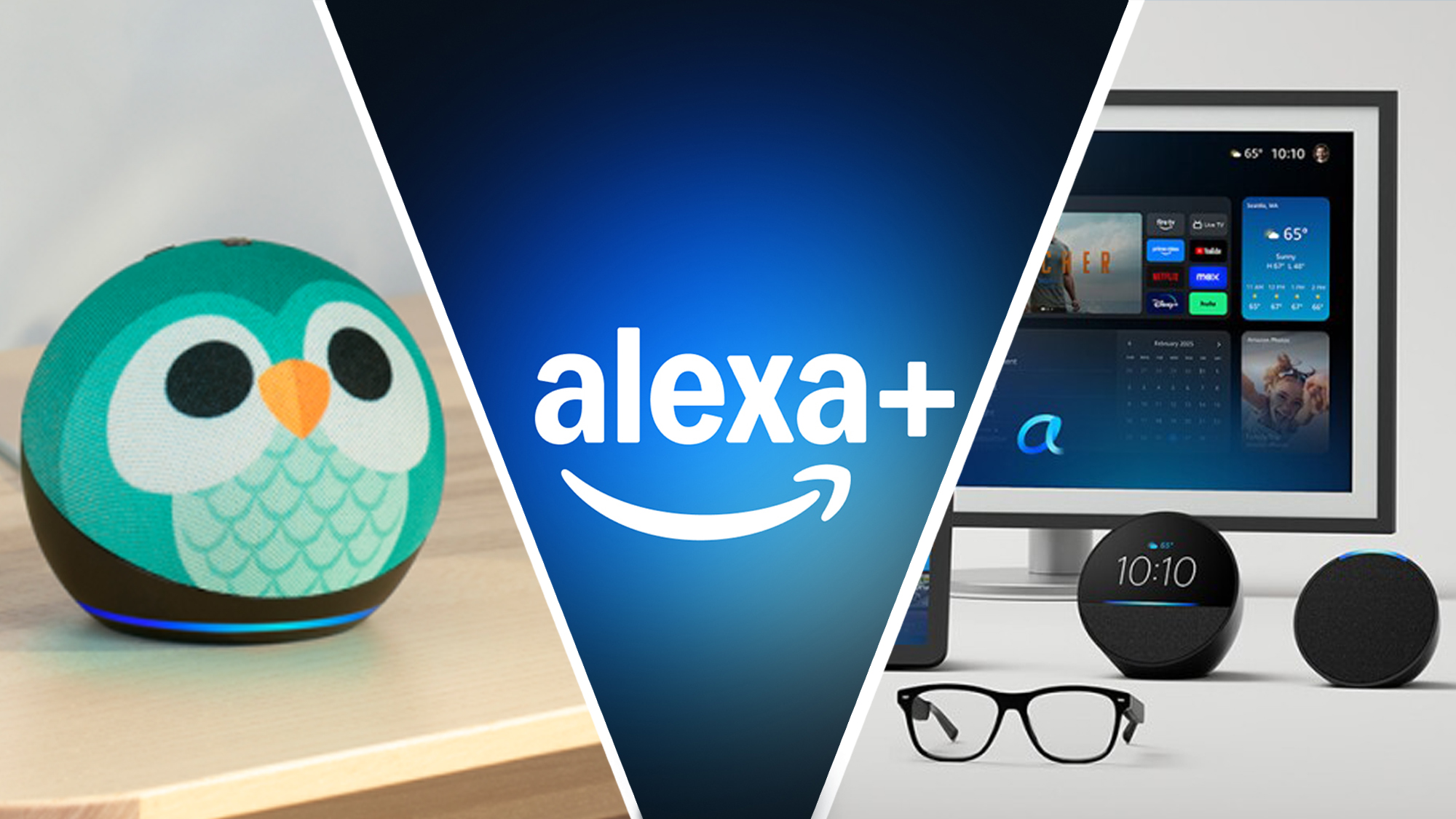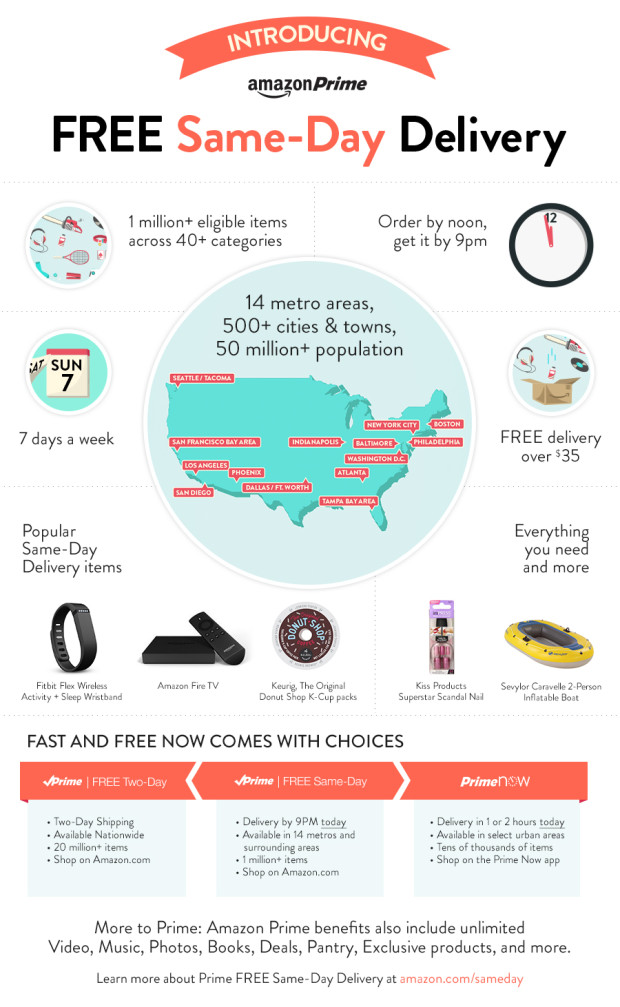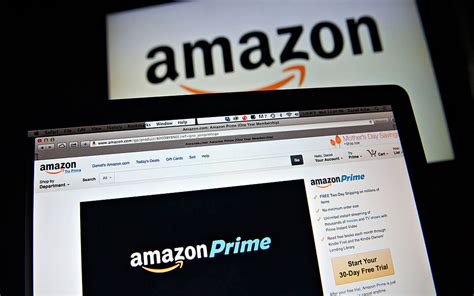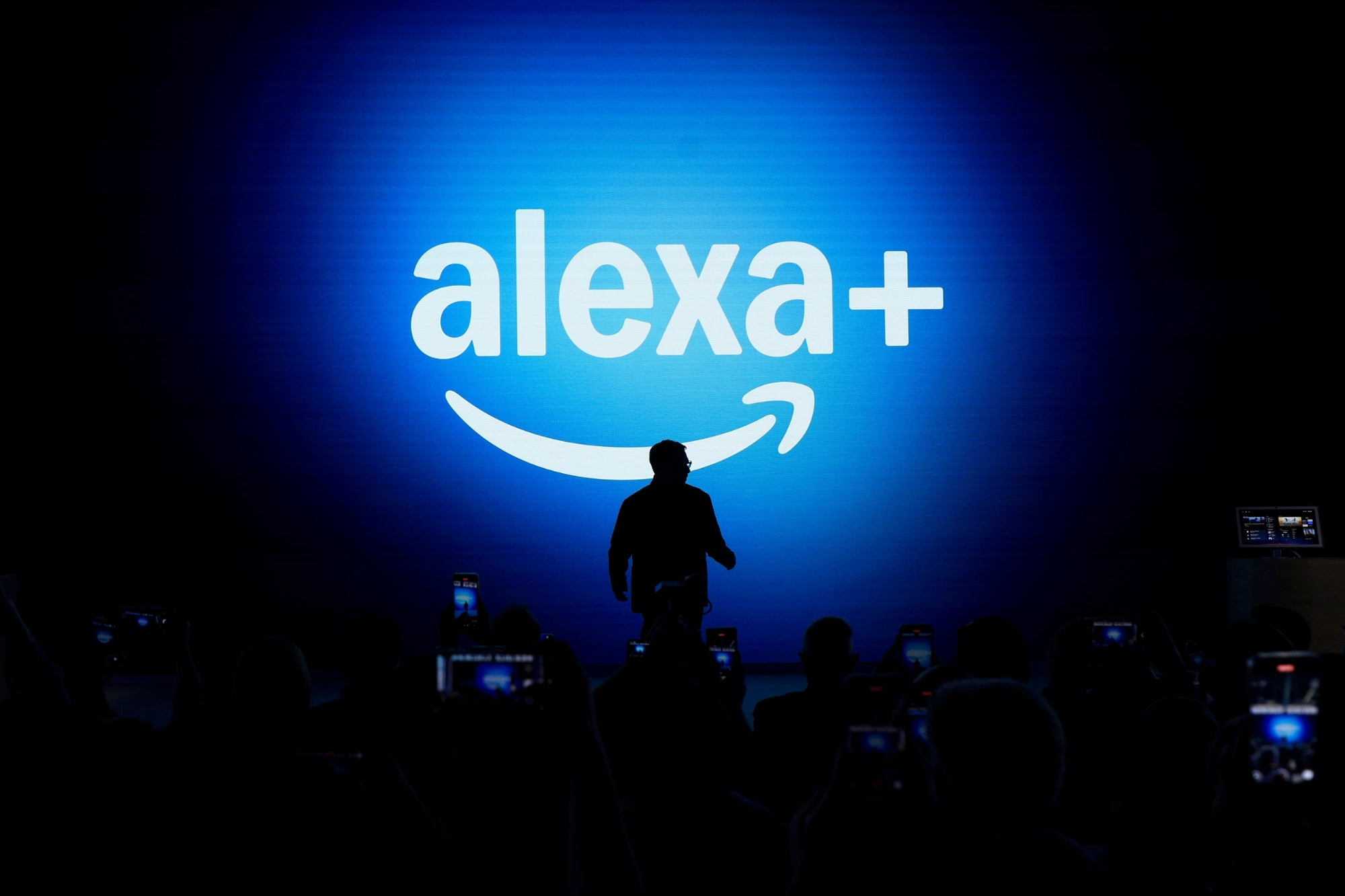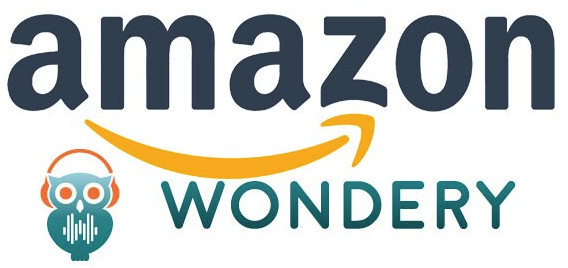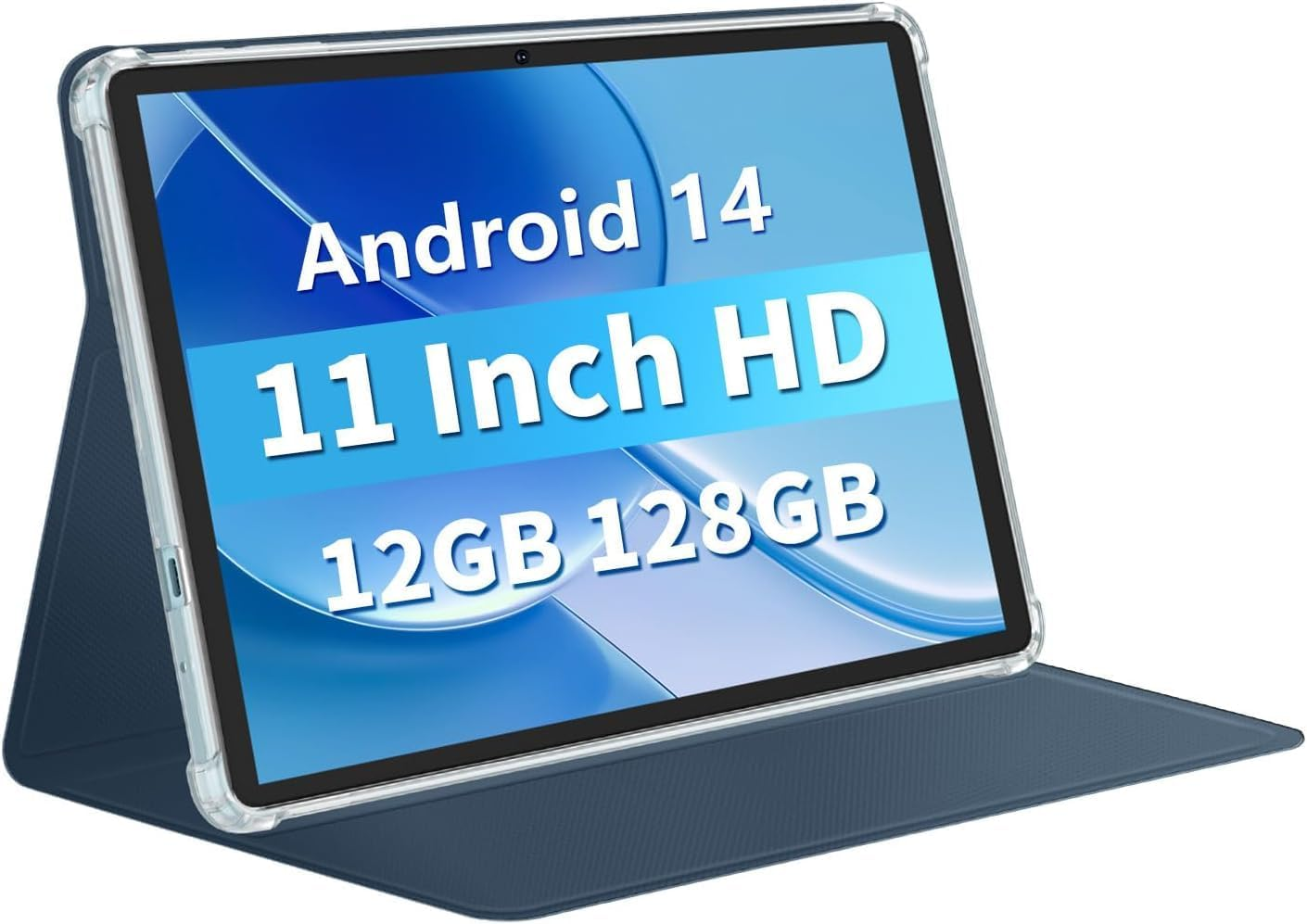Vega OS is set to revolutionize the streaming experience, as Amazon gears up to introduce its first dedicated streaming device powered by this innovative Linux-based operating system. Targeting a diverse audience of app developers, Amazon is actively recruiting talent to enhance their platform and establish a robust application ecosystem. While the company has not yet made an official announcement regarding Vega OS, recent job postings confirm its impending launch, with devices like the Echo Show 5 and Echo Hub already utilizing this new technology. Amidst rising expectations, complications have arisen in the timeline for integrating Vega OS with Amazon’s existing Fire TV framework, highlighting the challenges of transitioning from previous Android-based systems. With the upcoming retirement of the Amazon Android Appstore, the launch of Vega OS marks a significant pivot in Amazon’s strategy towards smart TVs and streaming devices, positioning it as a pivotal player in the competitive landscape of digital media.
Introducing Vega OS, an emerging platform that promises to enhance the user experience in streaming technology, Amazon’s upcoming Linux-based operating system is designed to support a wide array of applications. This innovative OS is poised to replace traditional systems like Fire TV, allowing developers to craft tailored experiences for a new generation of streaming devices. With a focus on engaging app development for Vega OS, the shift away from Android signifies Amazon’s commitment to crafting a unique ecosystem that stands apart in the market. As the company grapples with refining its initiatives and optimizing performance, the anticipation surrounding Vega OS grows, capturing the attention of tech enthusiasts and developers alike. By embracing this change, Amazon aims to set the standard for future streaming technologies in an ever-evolving landscape.
Amazon Vega OS: A New Era in Streaming Devices
Amazon is entering an exciting new chapter with the anticipated launch of its first streaming device powered by Vega OS, a Linux-based operating system designed to provide an alternative to the widely used Android-based Fire TV OS. This venture marks a significant shift for Amazon as it seeks to create a unique ecosystem that could cater to app developers and users alike. Considering the rapid advancements in technology, Vega OS aims to enhance performance, security, and user interface, setting the stage for an innovative streaming experience that could rival existing platforms.
The Linux foundation of Vega OS is expected to enable better customization and flexibility for developers, which could result in a broader range of applications specifically tailored for the platform. By actively recruiting developers to build apps for Vega OS, Amazon underscores its commitment to creating a robust ecosystem that not only meets user demands but also fosters an environment conducive to developing innovative streaming solutions.
The Evolution of Amazon’s Streaming Devices
Since the launch of the first-generation Fire TV in 2014, Amazon has made tremendous strides in the streaming device market, selling over 250 million units worldwide. However, the company’s commitment to evolving its platform goes beyond mere sales figures; the introduction of Vega OS signifies intent to diverge from Android-centric development and explore a more personalized streaming service. This evolution reflects Amazon’s understanding of the enticing market for streaming devices and their adaptability to user preferences.
While the Fire TV ecosystem continues to thrive with ongoing enhancements, the integration of Vega OS represents a potential redefinition of the streaming experience on Amazon-branded devices. It aims to bridge gaps that current platforms may have, especially in relation to app compatibility and user-friendliness. As Amazon pushes forward with development, its streaming devices will likely incorporate not only the latest innovations but also lessons learned from the Fire TV experience.
Challenges and Opportunities in App Development for Vega OS
The introduction of Vega OS brings with it both Opportunities and challenges for app developers. One notable concern arises from Amazon’s announcement that they do not currently provide a straightforward method for porting existing Android-based TV apps to Vega OS. This limitation may deter developers who have heavily invested time and resources into the Android platform, creating hesitancy around allocating further investment towards adapting their apps for the new Linux-based OS. However, this also presents a unique opportunity for developers to create new, innovative applications that are tailored specifically for Vega OS, utilizing its React Native framework.
Developers willing to navigate the hurdles of transitioning to Vega OS may find themselves reaping the benefits of a less saturated market. With a more streamlined development process facilitated by the use of React Native, it is possible to create high-performance applications that can stand out in the competitive streaming landscape. As the ecosystem grows, early adopters of Vega OS may be strategically positioned for success if they can rapidly develop quality content that resonates with the evolving needs of users.
Looking Ahead: The Future of Vega OS and Fire TV
Despite initial delays in launching the Vega-powered streaming stick, Amazon’s long-term vision for integrating Vega OS with its Fire TV platform reflects strategic planning. The company acknowledges the importance of both flexibility and innovation in enhancing user experience across all devices. Future iterations of the Fire TV lineup, combined with Vega OS, could pave the way for a unified viewing experience that allows seamless transitions between different Amazon devices, from Echo Show to smart TVs.
The continued development of both Vega OS and Fire TV ecosystems suggests Amazon’s commitment to cutting-edge technology. The anticipated release of Android 14 on future models implies that, while the company is diversifying its OS portfolio, it still recognizes the value of providing popular integrations alongside new innovations. This balance may provide users with a unique combination of tried-and-true functionality with the fresh possibilities that Vega OS entails.
The Implications of Discontinuing the Android Appstore
Amazon’s decision to retire the Android Appstore represents a bold shift in its strategic approach to offering apps across its devices. By phasing out reliance on the Android ecosystem, the company has indicated a desire to foster its platform unique to its user base. This change could be interpreted as a push toward consolidating its offerings and refining the user experience on Vega OS and future Fire TV models.
This phase-out raises questions for developers who have primarily operated within the Android ecosystem. As Amazon transitions its emphasis toward Vega OS, it presents an opportunity for developers to understand and adapt to the new environment. Amazon’s focus on creating a new application framework may entice developers to participate in shaping the future of app development for Vega OS, potentially leading to innovative applications that redefine the streaming landscape.
Understanding the Benefits of Vega OS’s Architecture
One of the core benefits of Vega OS’s Linux-based architecture is its potential for enhanced stability and performance. Linux systems are renowned for their efficiency and adaptability, which allows for a more streamlined performance in memory management and application execution. This could ultimately lead to a more responsive user interface for consumers, providing an enjoyable streaming experience without the lag or performance hiccups often associated with other OS platforms.
Furthermore, the open-source nature of Linux means that Vega OS can continuously evolve based on developer feedback, technological advancements, and user demands. This flexibility not only encourages innovation but also allows Amazon to remain competitive in the rapidly changing streaming device market. Developers leveraging the advantages of this OS can create applications that fully utilize its capabilities, leading to robust performance and a rich user experience.
Anticipating User Experience with Vega OS
As Amazon progresses toward launching its Vega OS-powered streaming devices, it’s essential to anticipate how this new platform will enhance overall user experience. With a focus on user engagement and satisfaction, Vega OS seeks to provide an experience that encourages interaction and convenience. Features such as voice recognition, personalized recommendations, and cross-device synchronization are likely to be prioritized to ensure that users feel at home in the Amazon ecosystem.
Moreover, the introduction of tailored applications and services designed specifically for Vega OS will further elevate user engagement. By focusing on what users genuinely want, Amazon can position itself as a leader in the streaming device market, allowing them to outperform competitors. By curating high-quality content and integrating user-friendly features, Vega OS could redefine how consumers engage with streaming technology.
The Role of Community Feedback in Shaping Vega OS
Community feedback plays a critical role in the development of new platforms, and Amazon is likely leveraging insights from users and developers alike during the Vega OS rollout. Engaging with the target audience can provide valuable insights about desired features, preferred app functionalities, and areas needing improvement. This collaboration can help Amazon fine-tune its offerings, ensuring that the OS remains relevant and appealing, thereby fostering brand loyalty.
Furthermore, by actively involving community members in the development process, Amazon can encourage a vibrant ecosystem of developers who are willing to invest their time and creativity into building for Vega OS. This collaborative relationship has the potential to create an inclusive atmosphere that not only attracts experienced developers but also empowers new talent to contribute their ideas. Ultimately, a robust community will enhance the viability of the Vega platform, resulting in a more diverse and engaging product lineup.
Final Thoughts on Amazon’s Transition to Vega OS
In conclusion, Amazon’s transition to Vega OS represents a pivotal moment for the company as it seeks to redefine its position in the streaming device market. By moving away from reliance on Android and exploring new Linux-based possibilities, Amazon has the opportunity to innovate in ways that could significantly enhance performance and user engagement. The decision to launch thus far remains a vital area of interest for enthusiasts and industry watchers alike.
The ongoing developments surrounding Vega OS and their integration into the Fire TV ecosystem will be key indicators of Amazon’s future success in the competitive streaming landscape. While challenges inevitably lie ahead, such as persuading developers to transition, the company’s commitment to creating a unique and innovative platform can ultimately lead to a successful and thriving ecosystem that benefits both users and developers.
Frequently Asked Questions
What is Amazon Vega OS?
Amazon Vega OS is a new Linux-based operating system being developed by Amazon for its streaming devices. Set to replace the Android-based Fire TV OS, Vega OS aims to provide an alternative platform that may enhance app performance and user experience.
When is the release of the first streaming device running Vega OS?
Amazon reportedly plans to launch its first streaming device powered by Vega OS in late 2024. However, the launch has faced delays, as Amazon continues to work on both Vega OS and its Fire TV platform.
How does Vega OS differ from Fire TV OS?
Vega OS is designed as an alternative to Fire TV OS, utilizing a Linux-based framework rather than an Android foundation. This shift indicates Amazon’s intention to establish a unique ecosystem for app development and user interface, separate from Android.
What app development tools does Vega OS support?
Vega OS employs React Native as its default application framework for TV apps, which may require developers to adapt their existing Android apps to function on this new platform. Currently, there is no direct way to port Android-based TV apps to Vega OS.
Will existing Fire TV devices support Vega OS?
While new streaming devices will be developed using Vega OS, existing Fire TV devices will continue to function with the Android-based Fire OS. Amazon is working on ways to integrate the two systems, but existing devices won’t transition to Vega OS directly.
How is Amazon promoting development for Vega OS?
Amazon is actively seeking developers to contribute to the Vega OS ecosystem by creating applications specifically designed for the platform. This initiative is part of Amazon’s strategy to build a robust app ecosystem around its new streaming operating system.
What devices are currently using Vega OS?
According to reports, Amazon’s new devices including the Echo Show 5 and Echo Spot are already utilizing Vega OS, indicating early adoption of this Linux-based operating system within Amazon’s product lineup.
What challenges might developers face when creating apps for Vega OS?
Developers looking to create apps for Vega OS may face challenges due to the lack of a direct porting option for Android TV apps. This could lead to a reconsideration of resource allocation as developers adapt their applications to fit the Vega OS environment.
What impact will Vega OS have on the Fire TV ecosystem?
The introduction of Vega OS could significantly impact the Fire TV ecosystem by diversifying the application landscape and providing an alternative environment that might enhance performance and user experience distinct from the existing Android-based Fire OS.
Is Amazon replacing its Android Appstore with Vega OS?
While Amazon is moving away from reliance on its Android platform, the future of the Android Appstore is uncertain as Amazon focuses on developing Vega OS and potentially phasing out the existing Android infrastructure.
| Key Points |
|---|
| Amazon plans to launch its first streaming device running Vega OS, a new Linux-based operating system, later this year. |
| Vega OS is being developed as an alternative to Amazon’s Android-based Fire TV OS. |
| Amazon is seeking developers to build apps for the new Vega OS platform. |
| Some Amazon devices, like the Echo Show 5 and Echo Hub, are already running Vega OS. |
| Development for Vega OS is slower than anticipated due to continued focus on the Fire TV platform. |
| The launch of a Vega-powered streaming stick has been postponed from late 2024. |
| Vega OS does not currently support direct porting of Android TV apps. |
| Vega OS uses React Native as its default application framework for TV apps. |
| Amazon has sold over 250 million Fire TV devices since 2014. |
| The Fire TV ecosystem will continue to grow alongside the introduction of Android 14 on future models. |
| Amazon is moving away from relying solely on the Android platform, evident in the retirement of the Amazon Android Appstore. |
| The integration of Vega OS with existing Fire OS devices is something to watch closely. |
Summary
Vega OS marks Amazon’s venture into developing its own operating system for smart devices. As Amazon enhances its device lineup with this new Linux-based OS, they aim to create a distinct ecosystem that separates from Android, reflecting a strategic shift in their approach to smart technology. The forthcoming launch of devices powered by Vega OS indicates Amazon’s commitment to innovation and the potential for new experiences in smart home technology.
